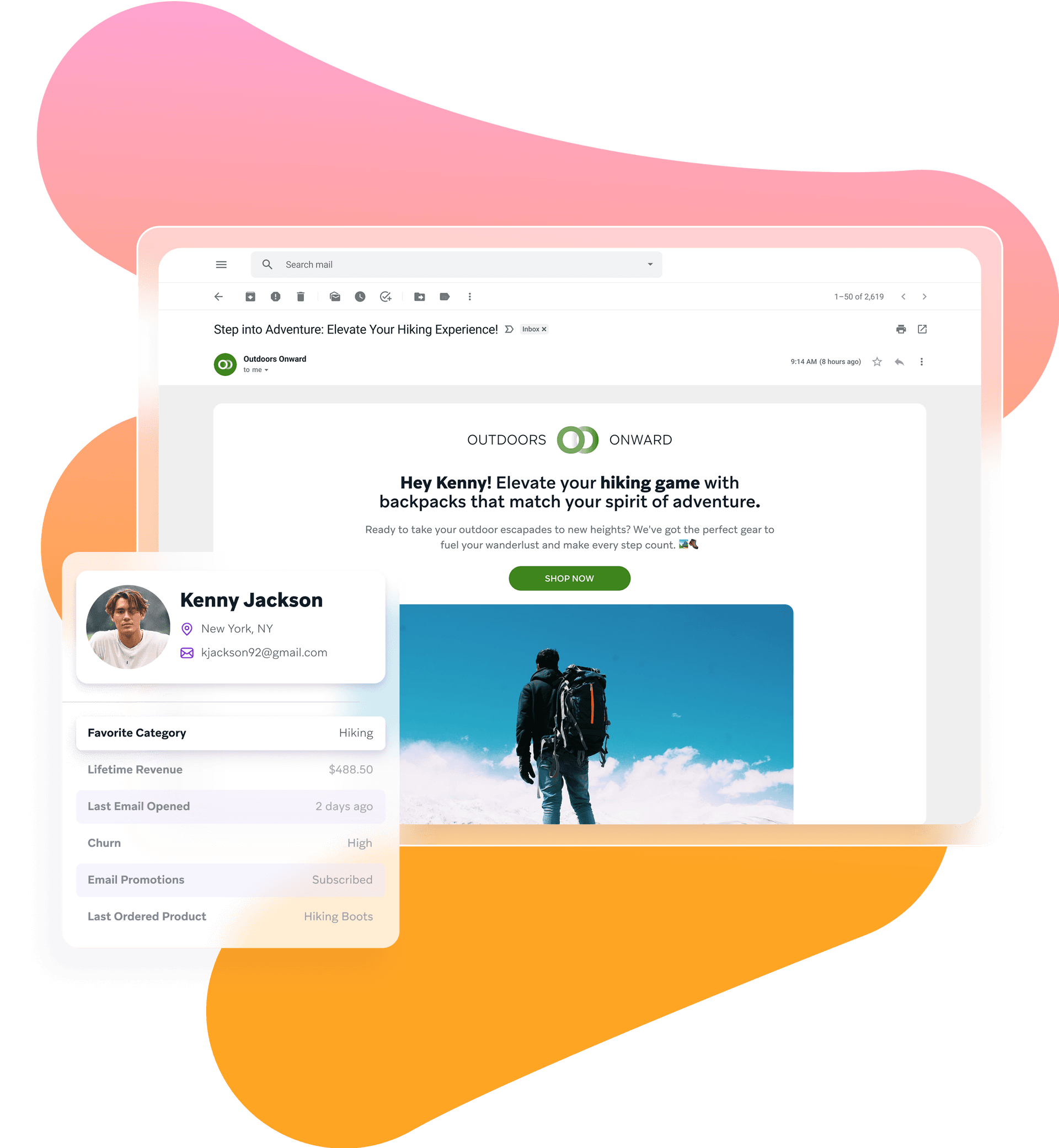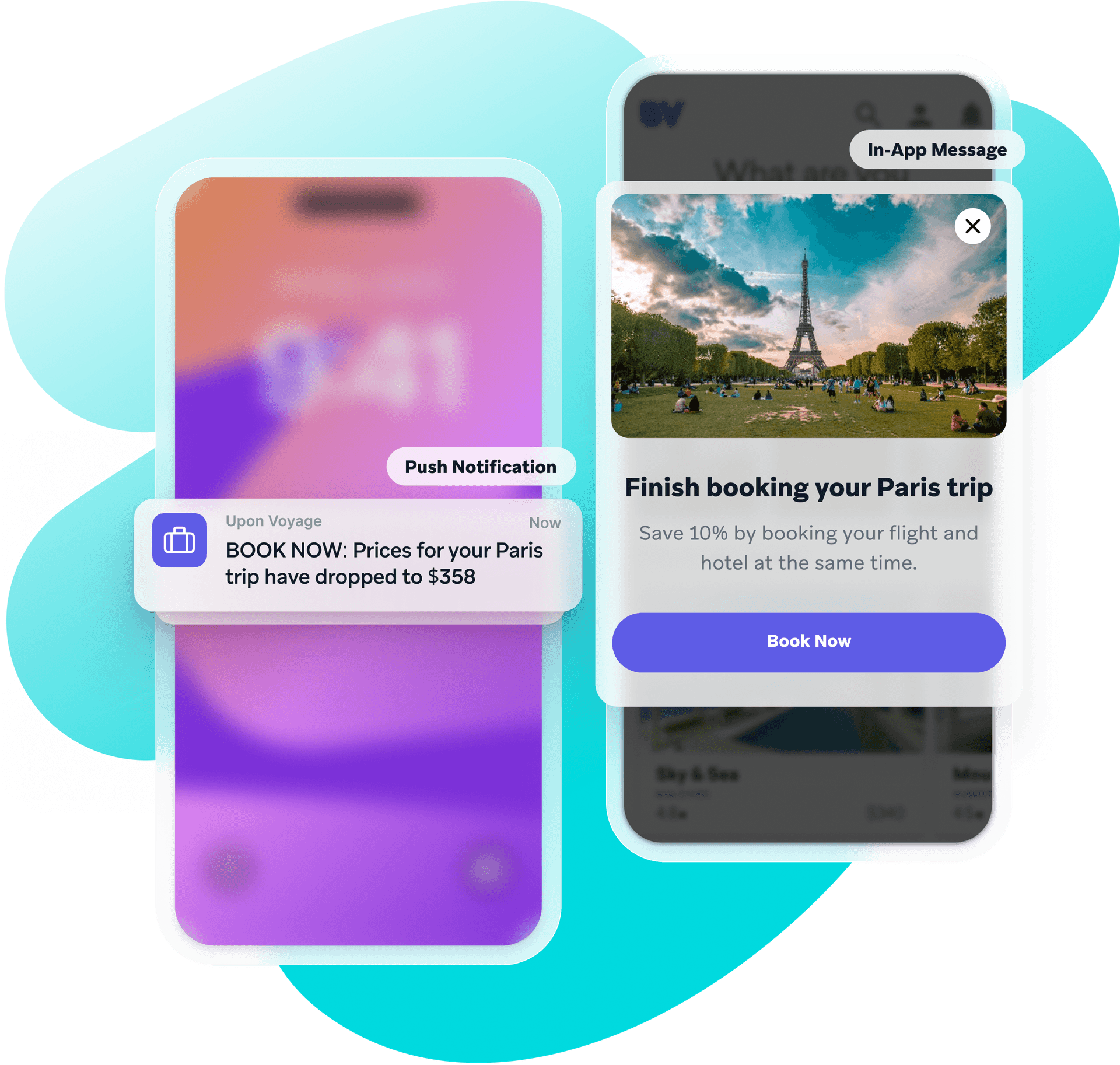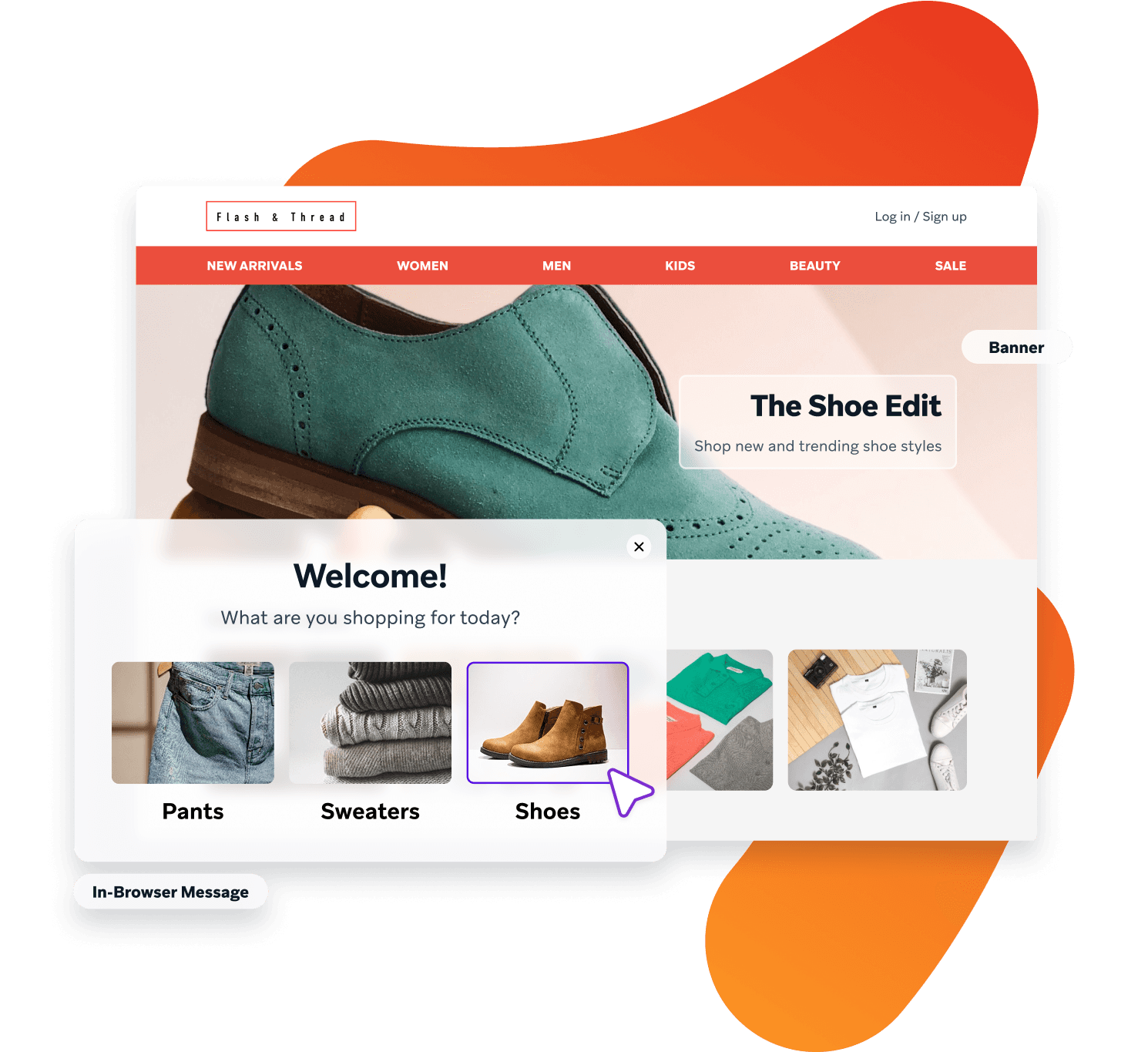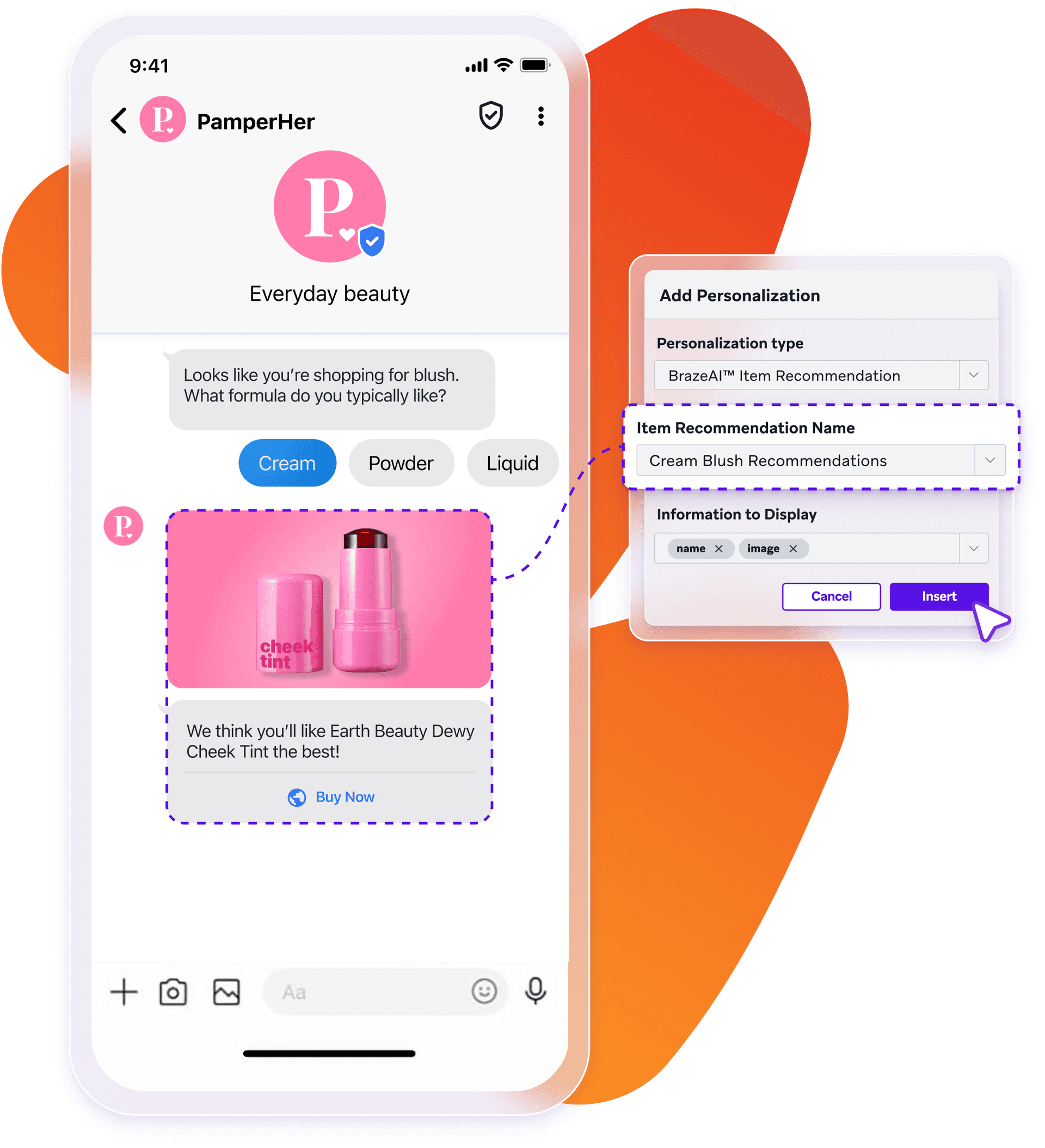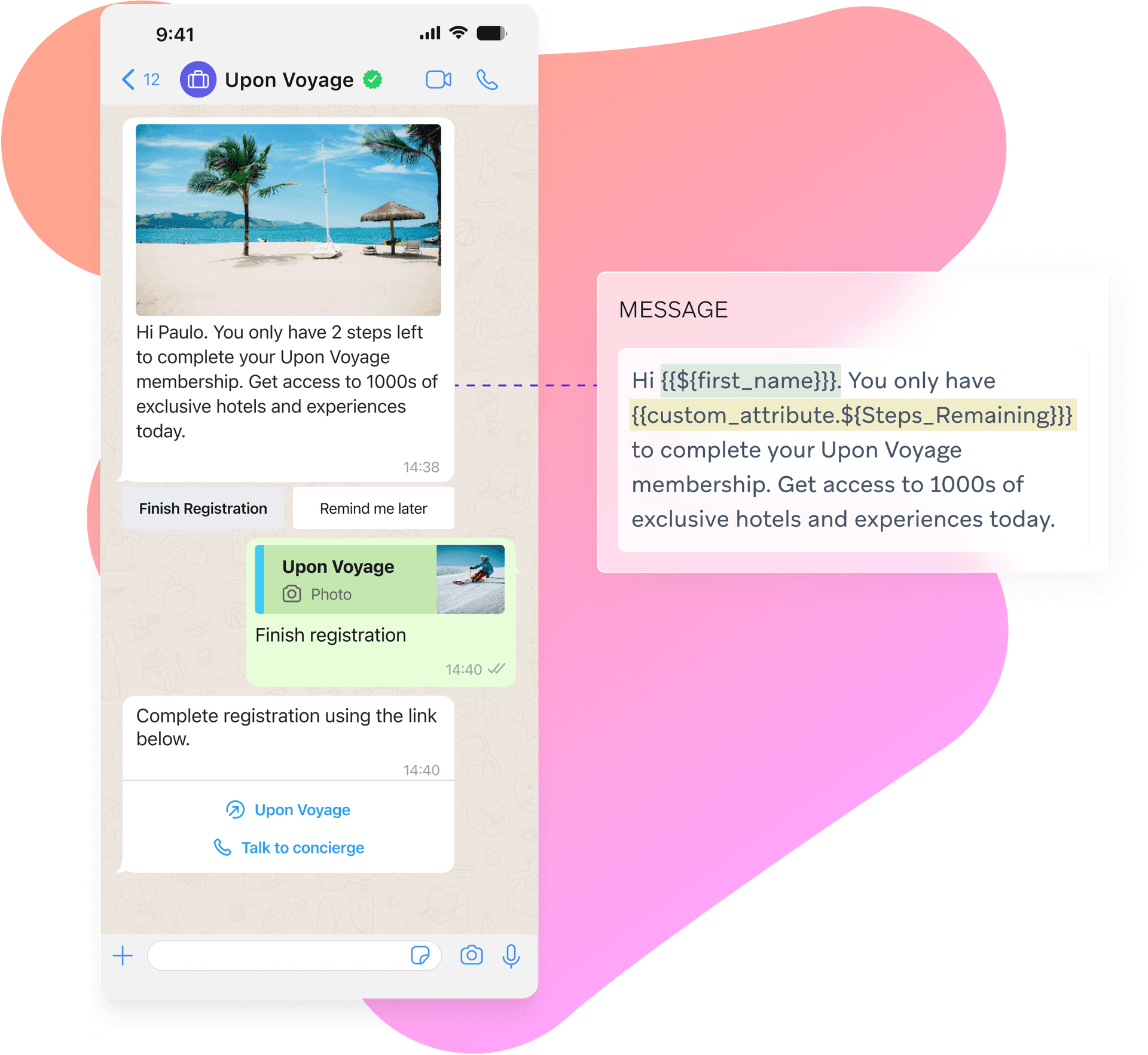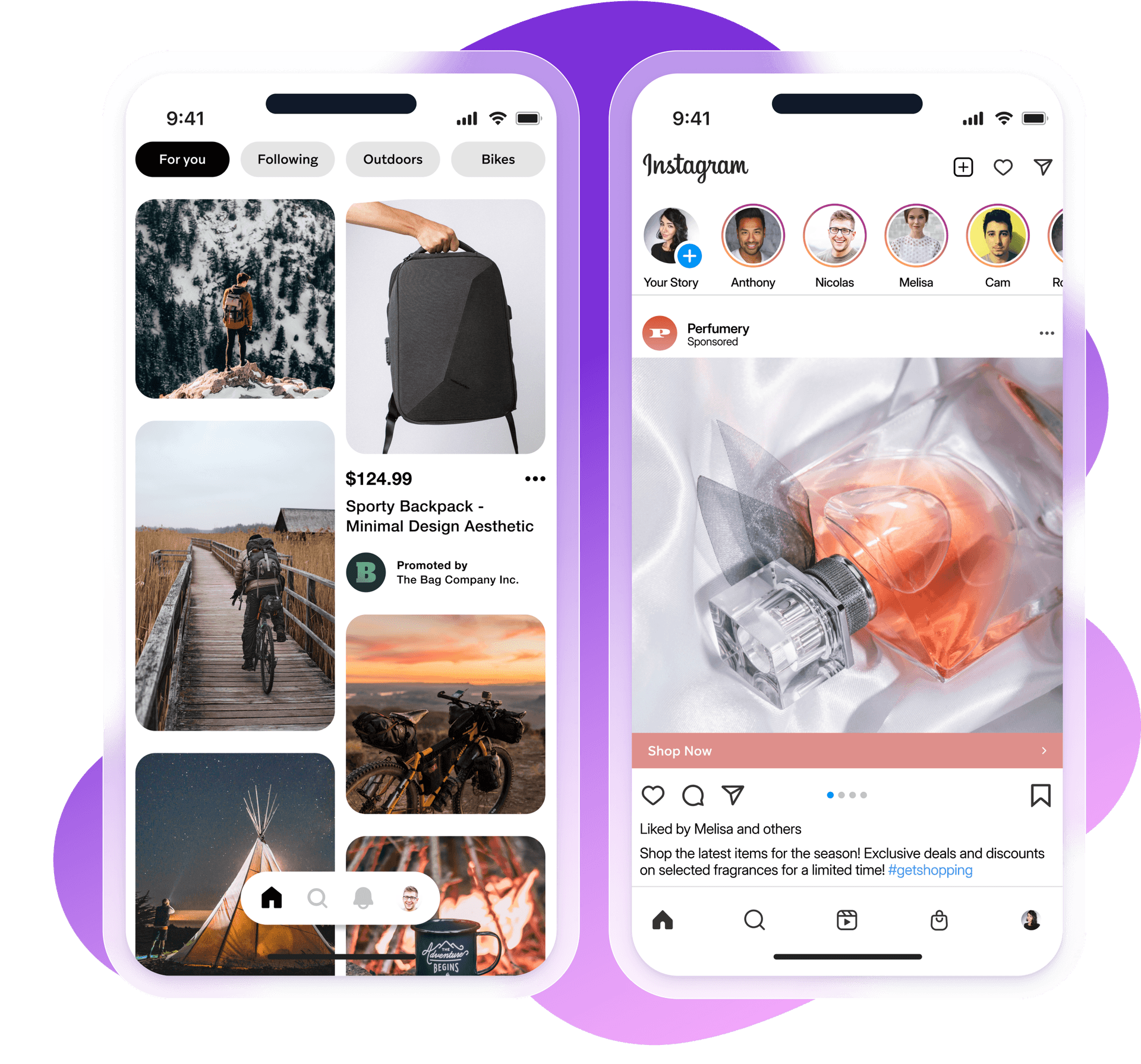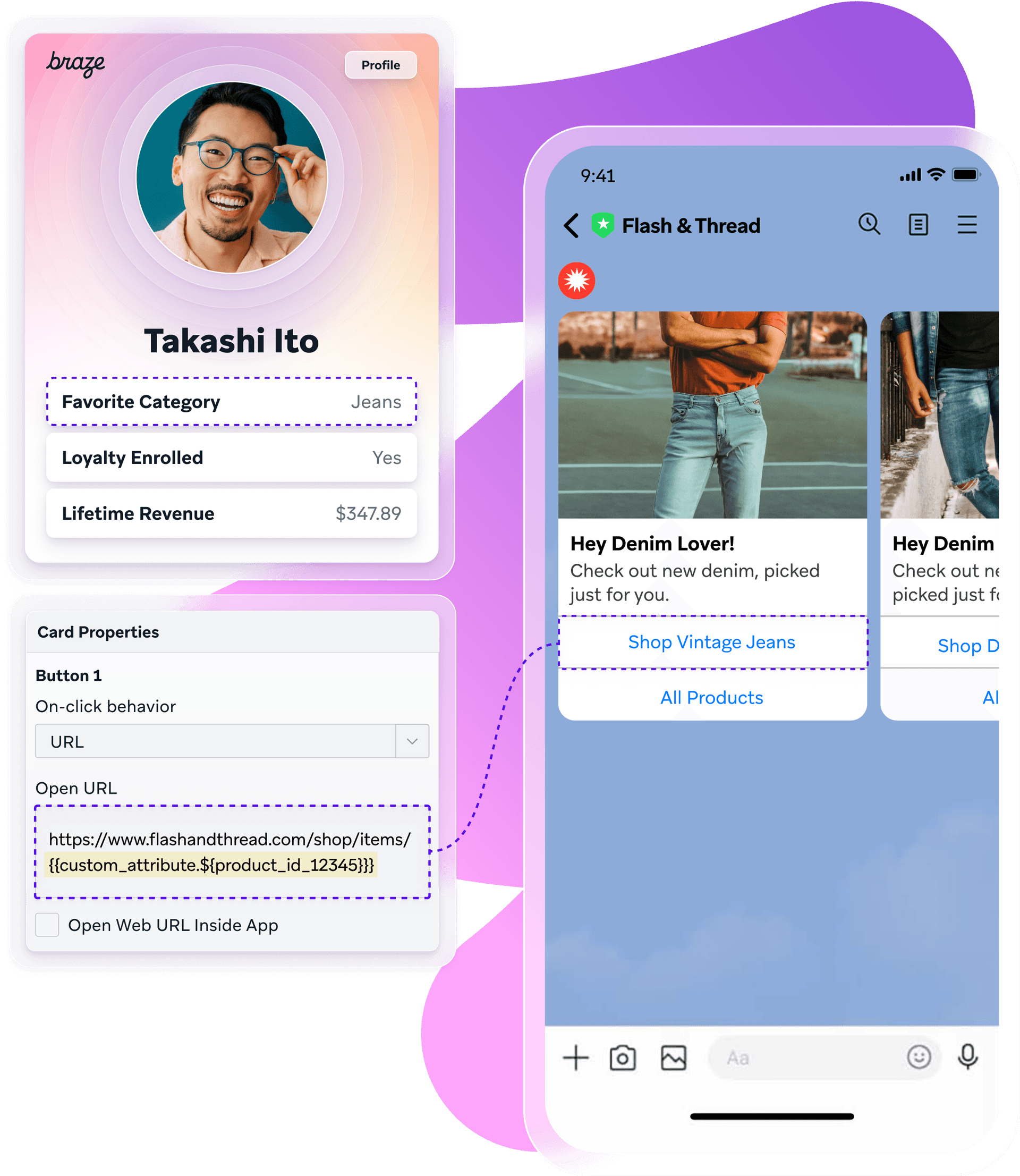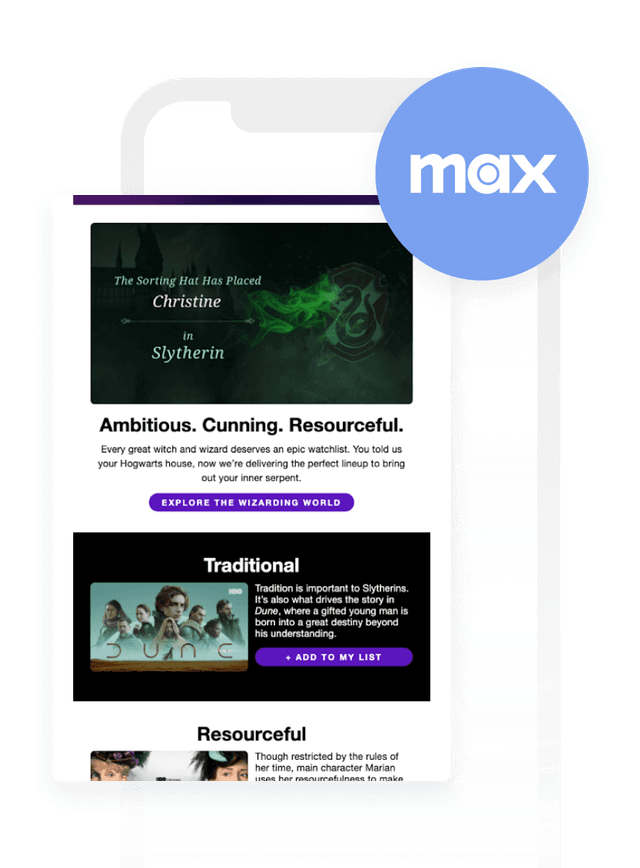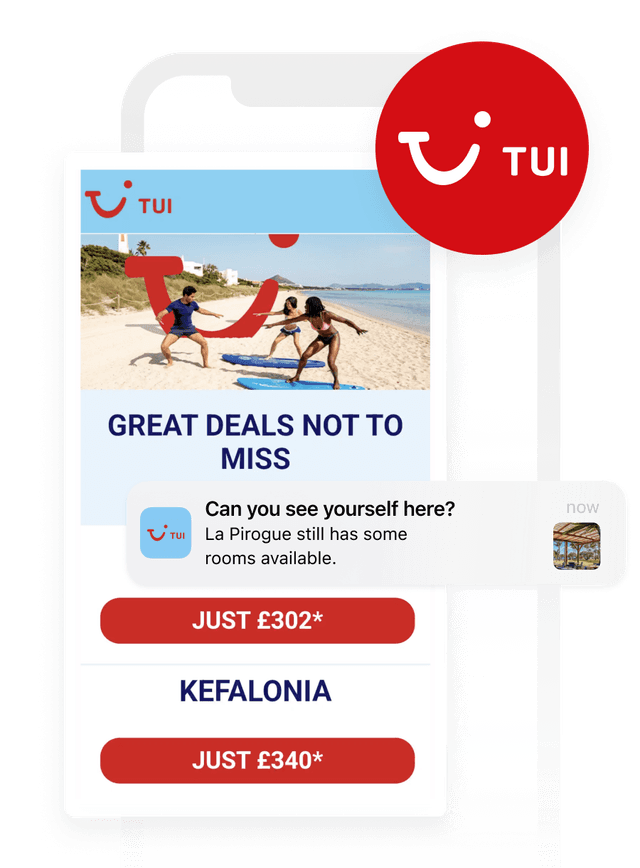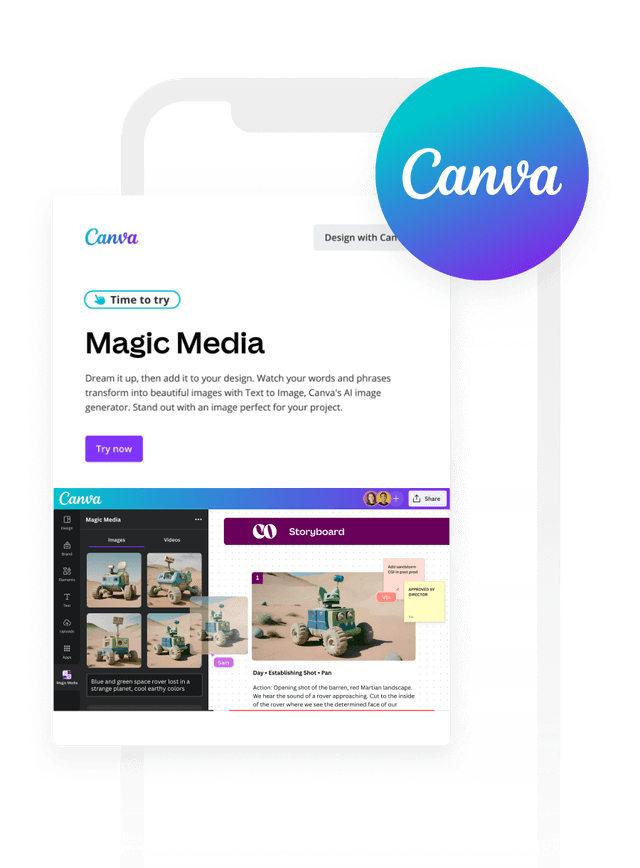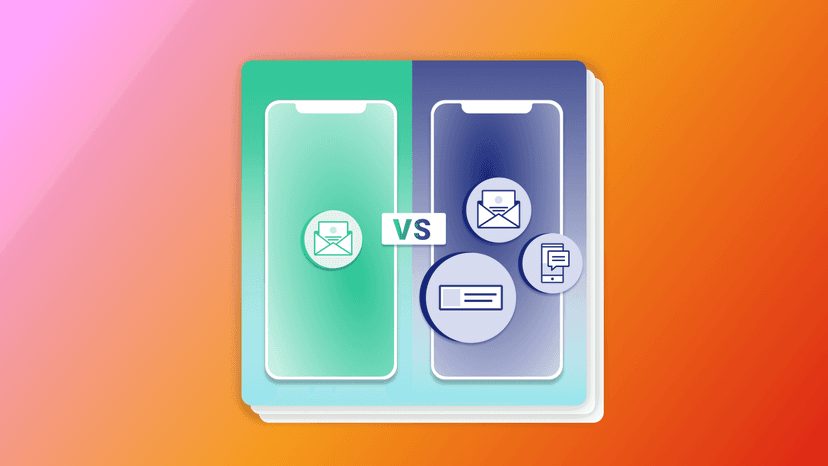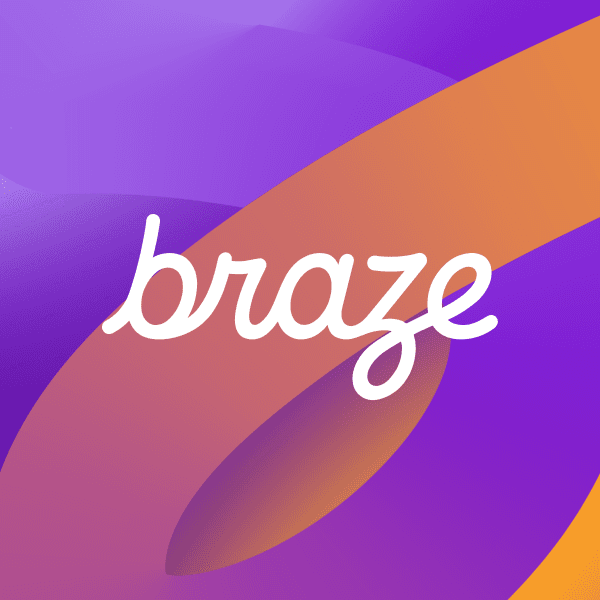Be Absolutely Engaging.™
Cross-channel Messaging
Consolidate your messaging mix and meet customers where they are with consistent, responsive experiences.
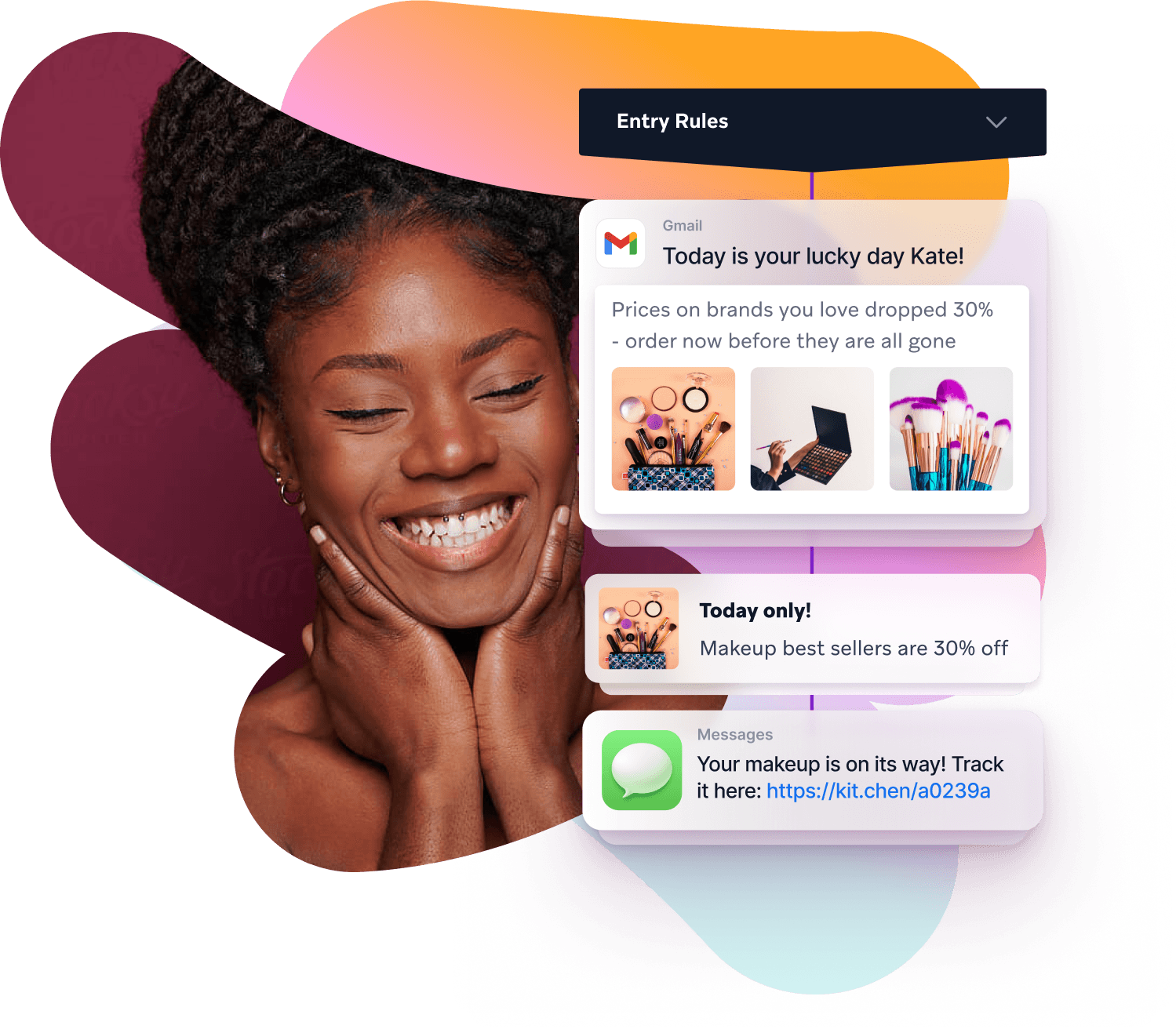
Every channel. One platform.
If you're not on every channel, you're leaving money on the table.
Expand your reach
Grow your audience, capture attention, and create more opportunities for engagement across channels, platforms, and devices.Break down silos
Say goodbye to limited point solutions and hello to increased agility, conversions, and cost savings.Scale without compromise
Easily add new channels over time, maintain compliance, and ramp message volumes on the busiest days of your year.Deliver compelling conversations
No matter the channel, make every customer experience feel cohesive, highly responsive, and interactive.Expand your reach
Meet customers where they are.
Engage your customers across email, SMS, mobile, web, paid media, and more.
Reach customers on the channel they’re most likely to engage with based on past interactions.
Use A/B testing to find out which channel or channel mix works best for a particular campaign or customer experience.
Braze gives us the capability to reach the user at the right time with the right channel, with personalized content to be relevant for the user. Also, all the technology partners available are a huge help for orchestration.
Juan Fiore
CRM Automation Manager, Rappi
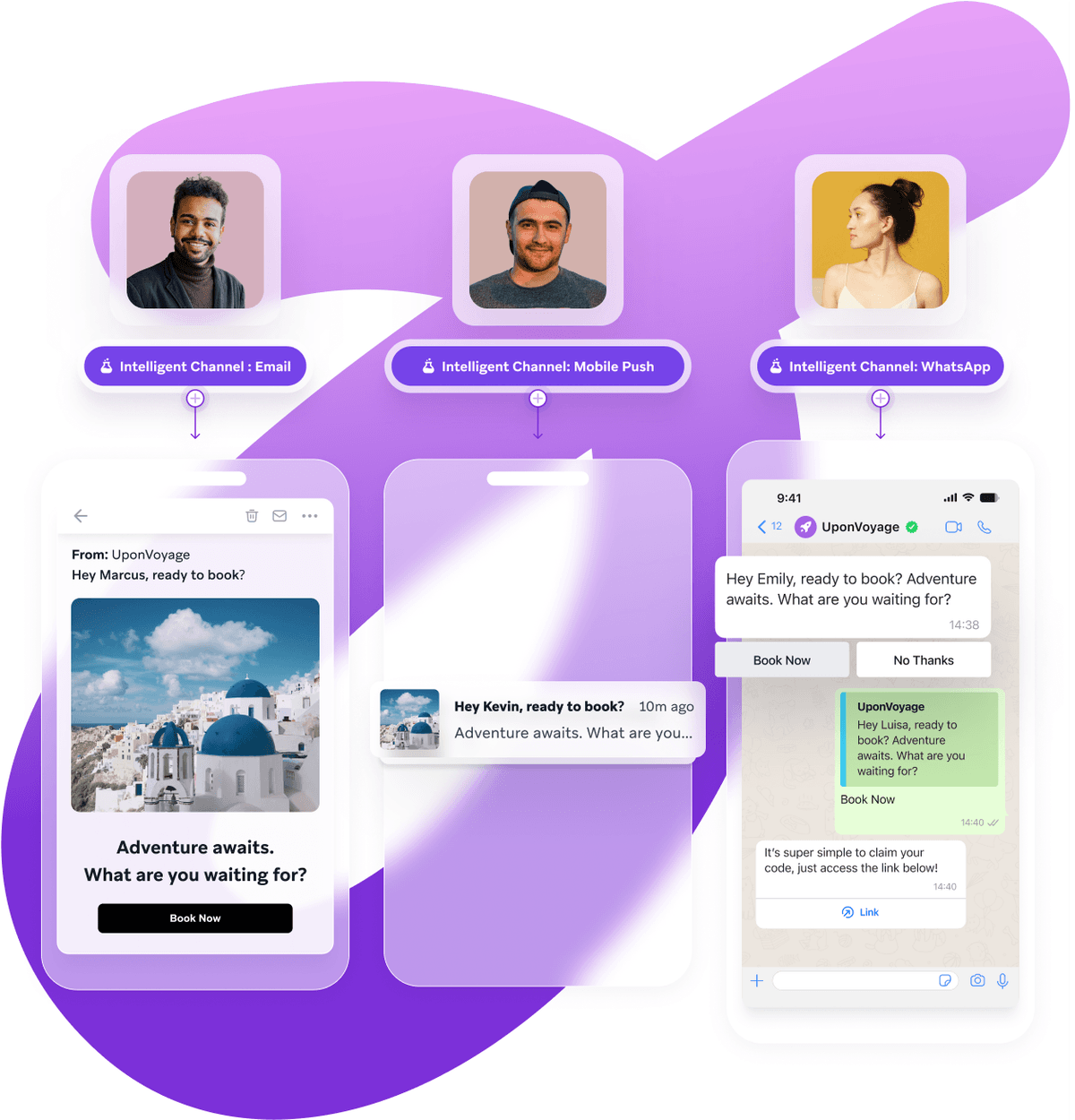
Break down silos
Bring all your channels together.
Eliminate redundancy, sprawl, and channel silos by consolidating customer engagement into a single, purpose-built solution.
Move quickly from ideation to execution to launch without having to switch between multiple different channel-specific platforms.
Maintain a comprehensive, cross-channel view of the customer and customer engagement performance.
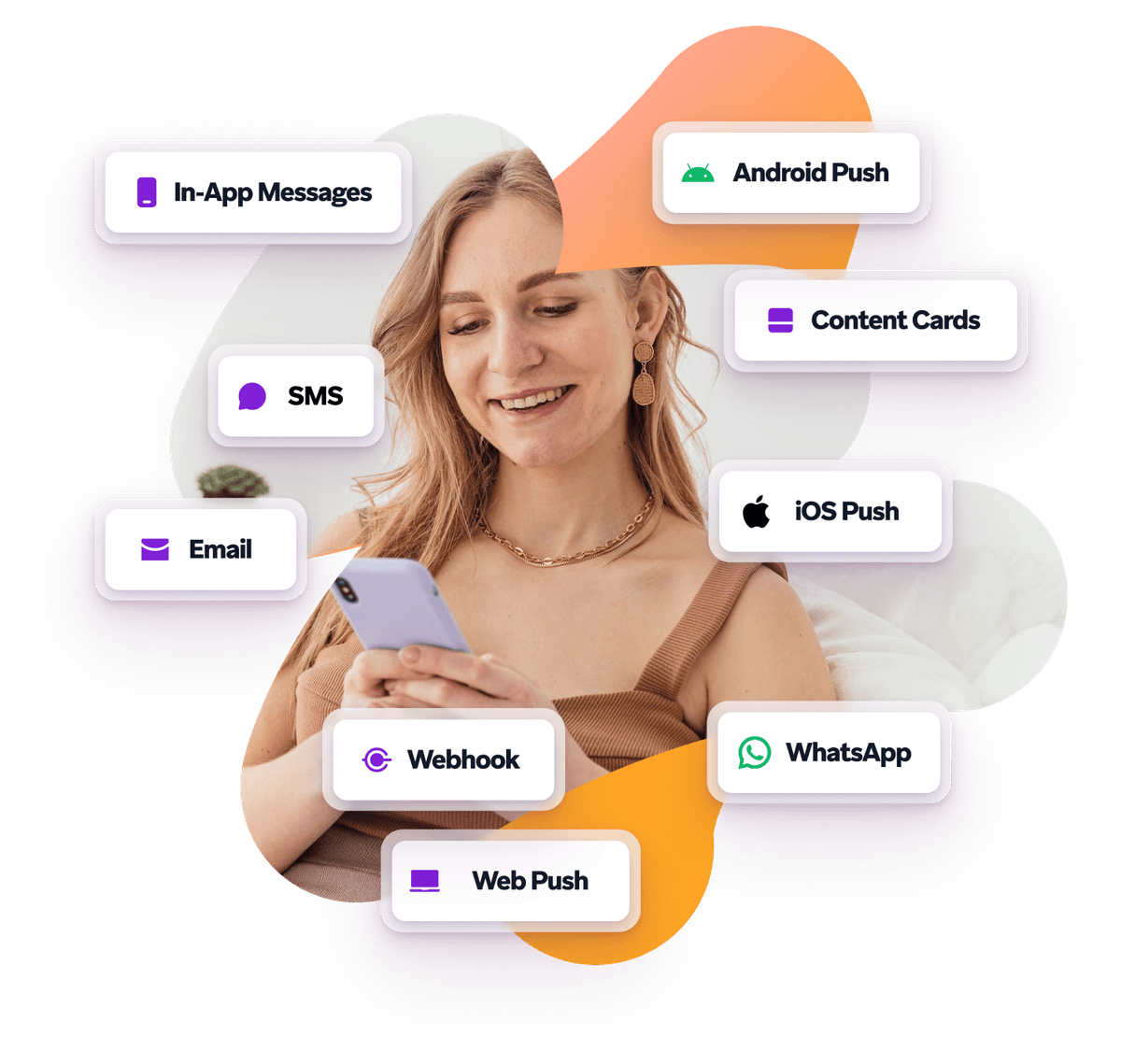
Scale without compromise
Optimize your channel mix for greater ROI.
Allocate higher send volumes towards lower-cost, conversion-driving channels before sending on more premium channels.
Avoid over-sending by setting custom rules that limit the number of messages deployed on or across channels.
Reduce paid ad waste by connecting your owned and paid channels. Dynamically suppress acquisition and retargeting ads the instant a customer converts.
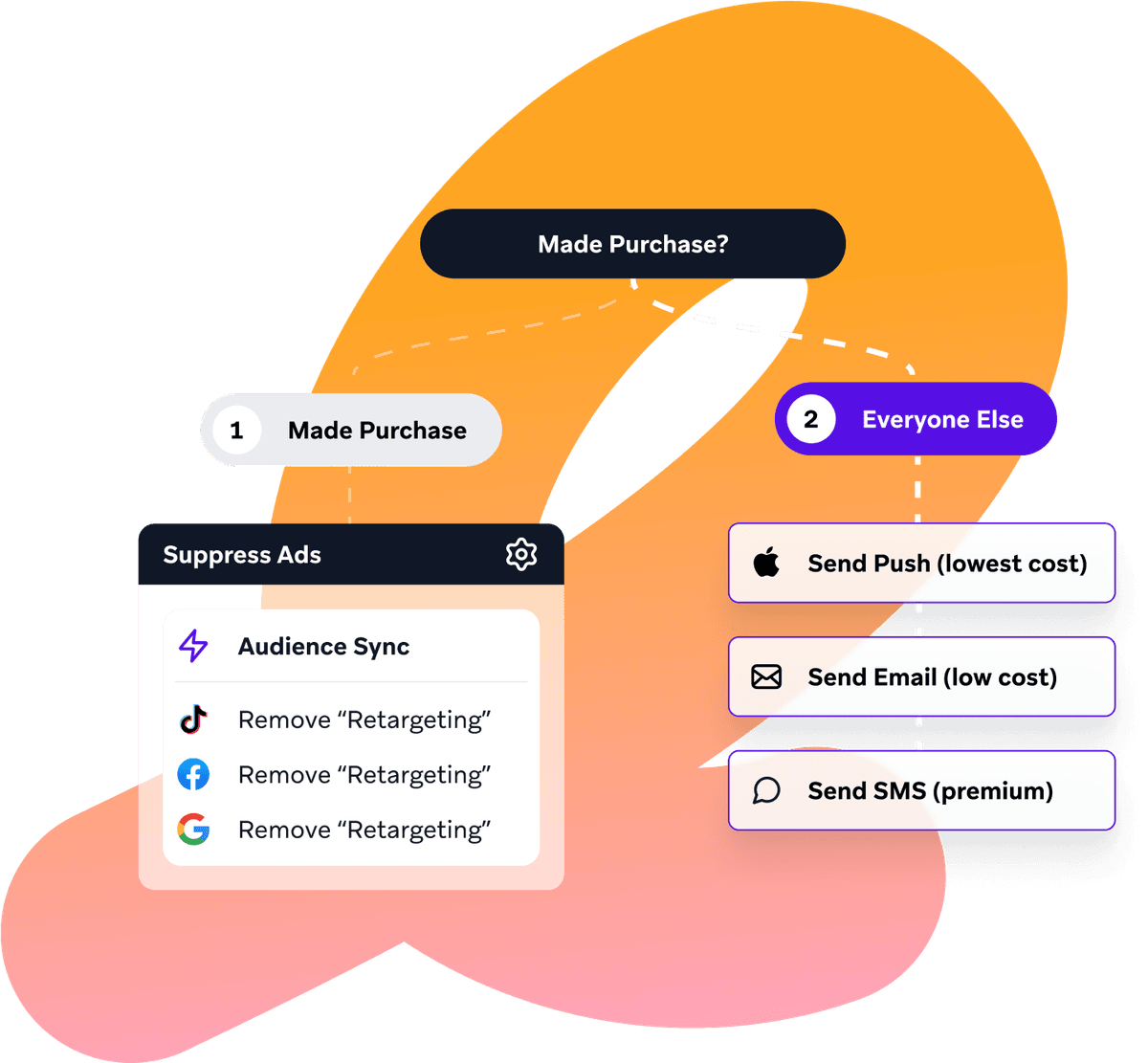
Break down silos
Create compelling messages fast on any channel.
Quickly compose on-brand messages in minutes using visual editors across channels.
Use pre-built templates, custom content blocks, and other reusable content or design elements to save time.
Kickstart the copywriting, image generation, and content QA process with BrazeAI™.
Easily embed products, content, promotions, recommendations, and more into cross-channel messages.
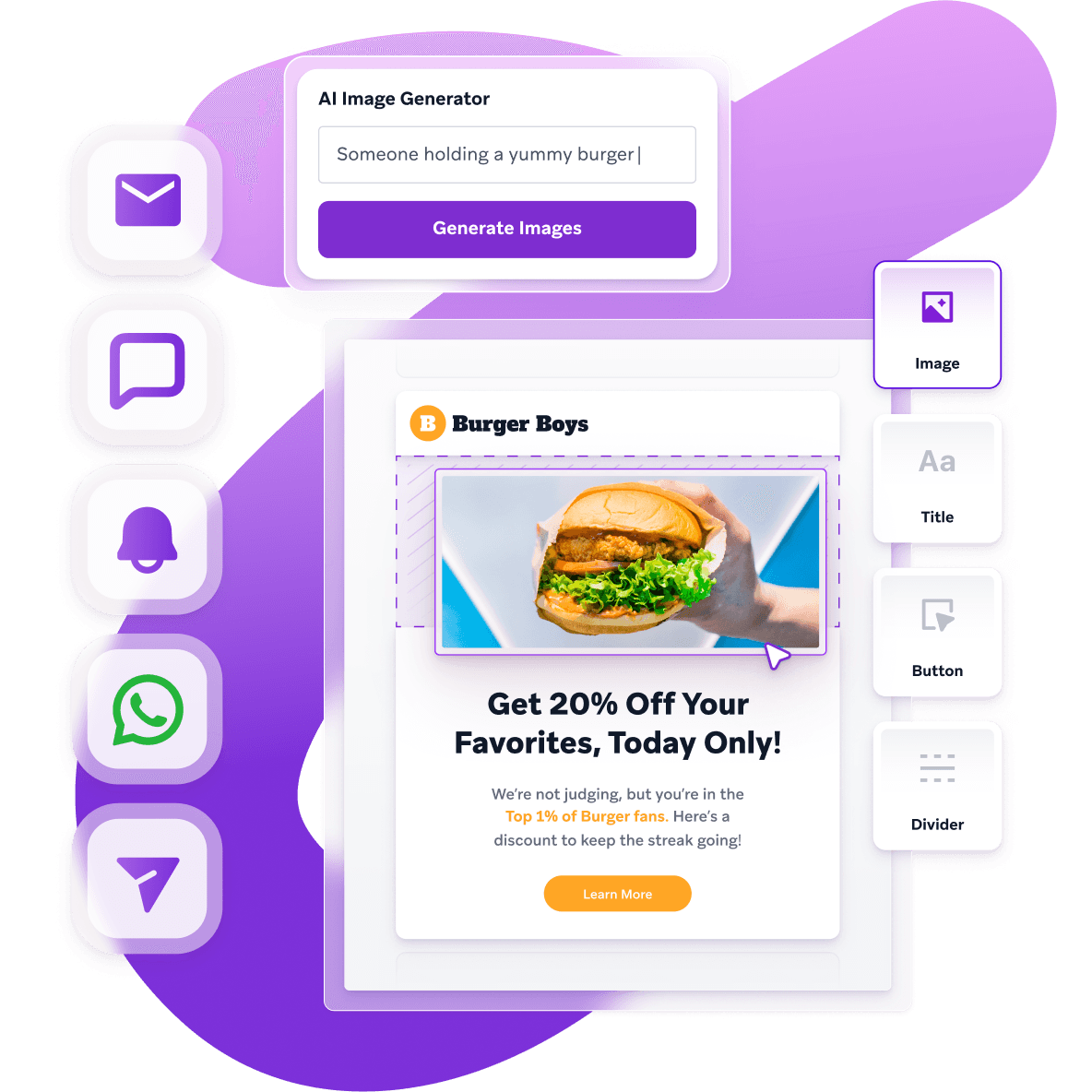
Scale without compromise
Reduce risk as you grow.
Performance you can trust—no matter how fast and intricate your audience, channel mix, campaigns, and journeys grow.
Easily add new channels over time without slowing down your workflow, adding resources, or having to learn a whole new platform.
Stay compliant and keep your subscriber lists clean with everything you need to understand preferences, manage subscription statuses, process opt-ins and opt-outs; and maintain strong deliverability.
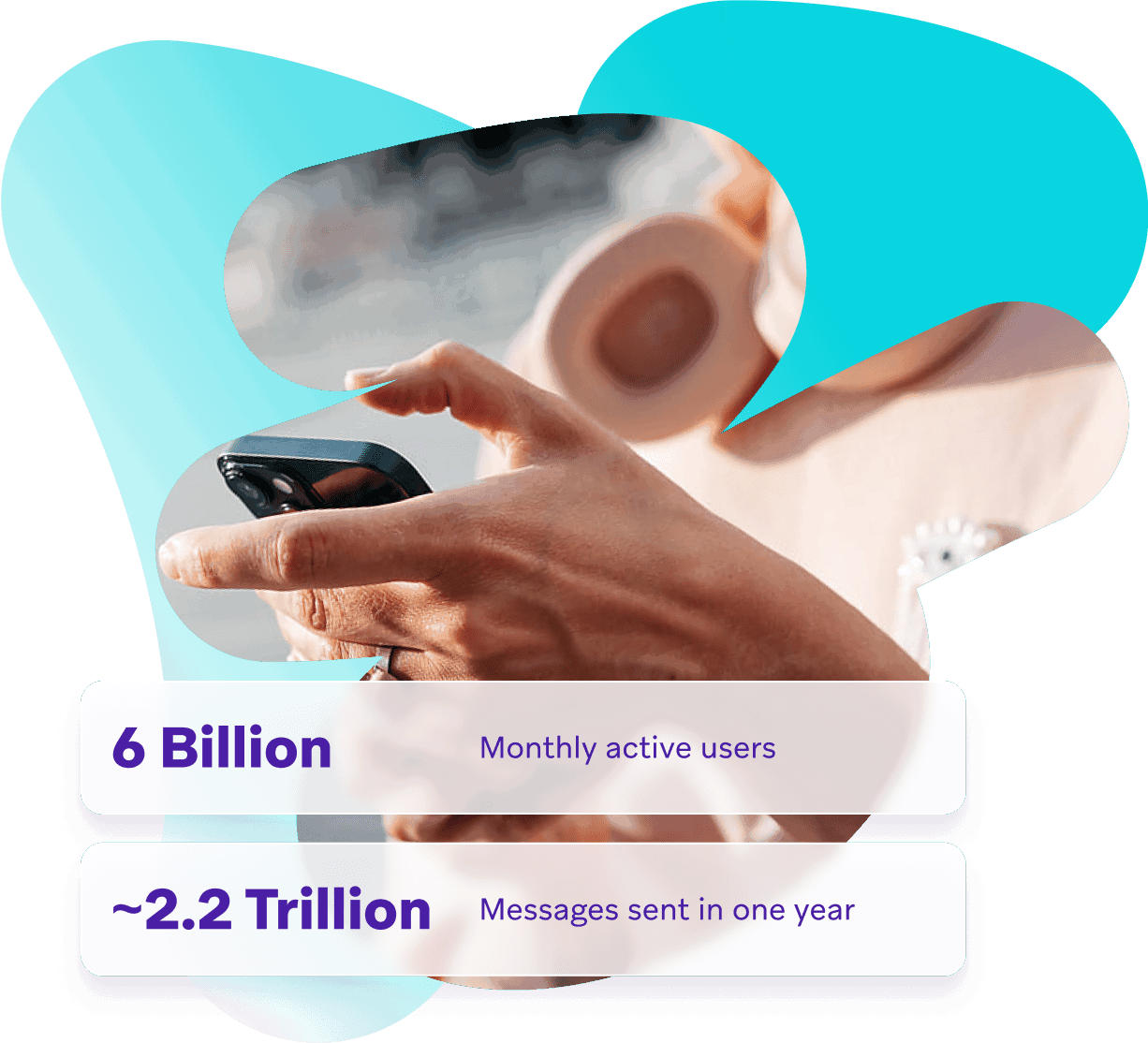
Deliver compelling conversations
Stay connected across channels.
Let context from real-time customer behaviors and cross-channel interactions dictate your next best action, offer, or message.
Blend out-of-product and in-product messaging to deliver promotional, lifecycle, and transactional experiences that feel cohesive and frictionless.
Spark up a conversation. Create engaging experiences using two-way messaging, surveys, quick replies, and other interactive elements.
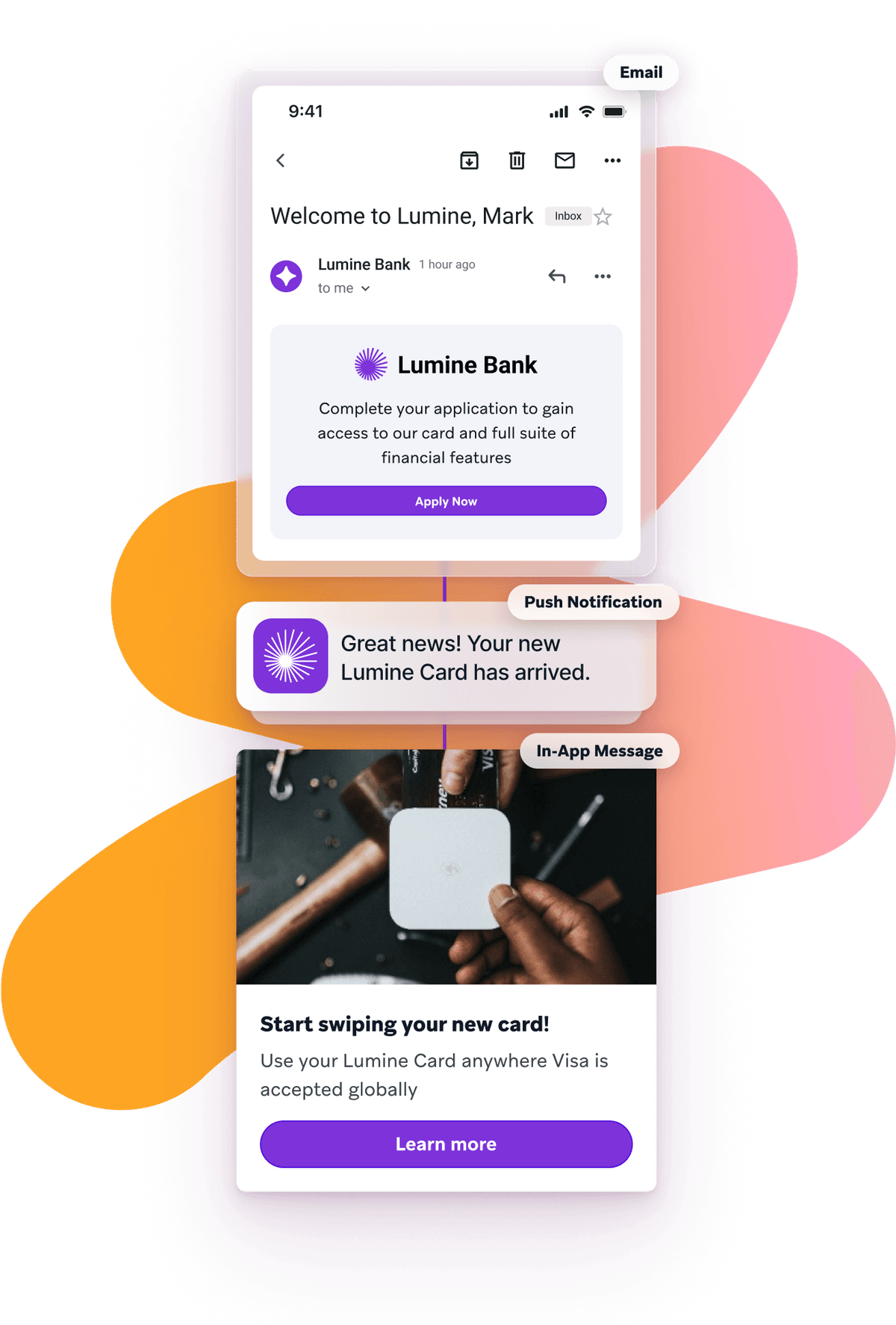
Case Studies
